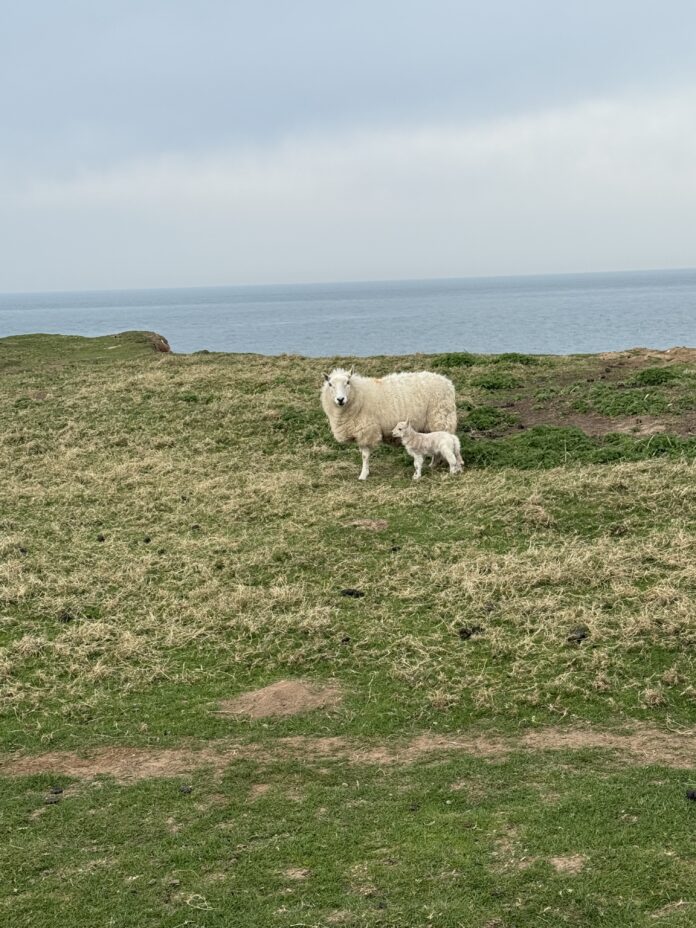
When you think of Wales, you might picture rugged mountains, ancient castles (How Many Castles in Wales?)and green valleys. But there’s another iconic symbol of the Welsh countryside that outnumbers the people themselves: sheep.
Wales is currently home to approximately 8.7 million sheep and lambs, representing the lowest level since 2011. To put this in perspective, Wales has a population of around 3 million people, meaning there are nearly three sheep for every person in the country.
A Changing Landscape
The Welsh sheep population has seen significant changes in recent years. In 2017, the total flock numbered over 10 million, constituting nearly a third of the British total. However, the numbers have been declining, with nearly 12 million sheep recorded in the 1990s.
Several factors have contributed to this decline. Experts point to declining consumption of lamb and beef in the UK over recent decades, matched with decreased cooking times in households. Rising farming costs, changing agricultural economics, and the impacts of Brexit have all played their part in reshaping Wales’s sheep farming industry.
A Historic Industry
Sheep farming has been integral to Welsh culture and economy for centuries. By the 13th century, sheep farming in Wales had become a major industry and source of income, with the woollen industry accounting for two-thirds of the nation’s exports in 1660.
Despite the recent decline in numbers, sheep remain a defining feature of the Welsh countryside. The landscape of Wales can be characterised by mountains, moorlands, and hills. It is perfectly suited to sheep grazing, even if less ideal for other agricultural purposes. Today, sheep farming continues to be an important part of rural Welsh life, maintaining traditions that stretch back centuries while adapting to modern challenges.
Find out more about Wales here Discover Wales by Rail, Road & Sea: A Transport Guide for New Adventurers

